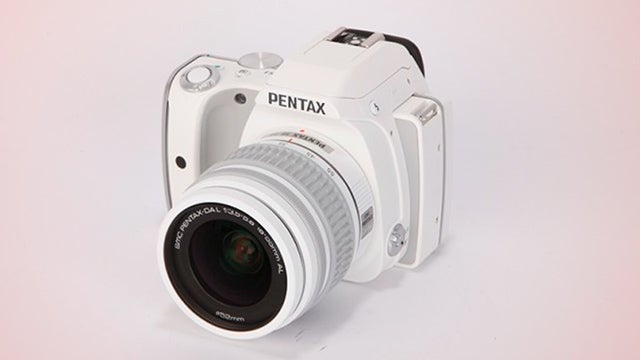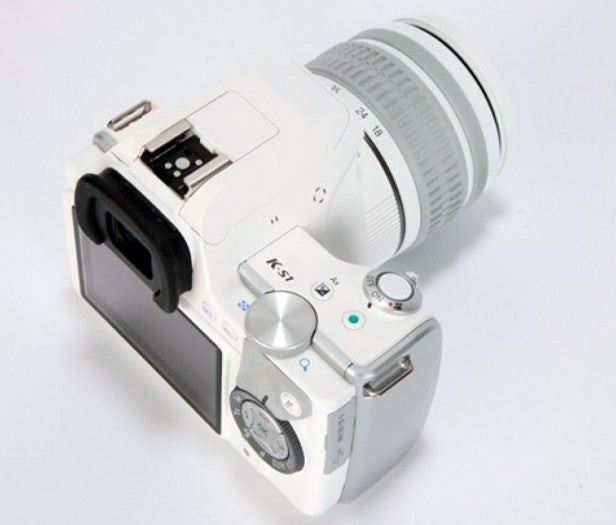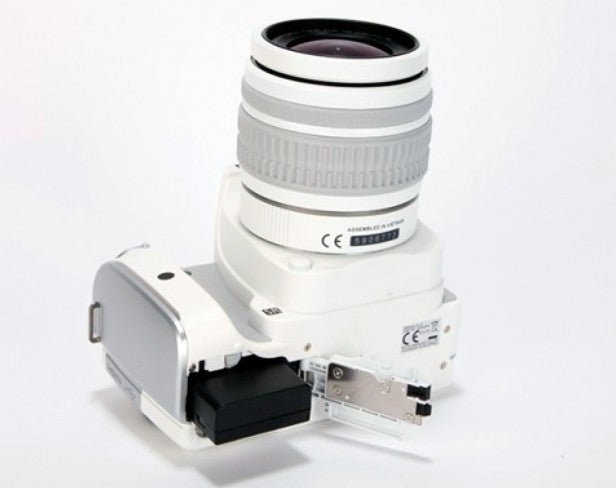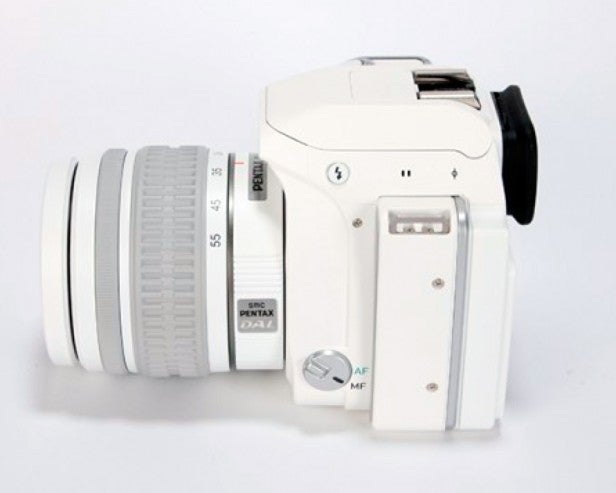Pentax K-S1 Review - Viewfinder, AF and Performance Review
Viewfinder, AF and Performance
Beneath the rather odd exterior sits a solid DSLR

Sections
- Page 1 Pentax K-S1 Review
- Page 2 Viewfinder, AF and Performance Review
- Page 3 Image Quality and Verdict Review
Pentax K-S1 – Screen and Viewfinder
The Pentax K-S1 has a few clashing priorities that might make you question a few design decisions. Its screen is a good example.
You get a 3-inch 921k dot rear display, which is of the sort of quality we’d expect from a higher-end camera. It’s clear and fairly bright. However, it doesn’t tilt or articulate at all.
This seems like an odd choice in a DSLR that appears to be intended for a slightly younger audience. A tilting screen makes shooting from dynamic angles much, much easier, letting you compose with the screen without having to scramble around on the floor.

The viewfinder is rather better. Despite being a mid-range model, it uses a pentaprism viewfinder rather than a pentamirror one. Pentaprisms are more expensive to produce but supply a brighter image, making manual focusing using the viewfinder easier.
Pentax K-S1 – Features
The confusion about exactly who the Pentax K-S1 is aimed at continues with its wireless features, or the lack of them. There’s no Wi-Fi or NFC, which would again seem like obvious additions in a lively, youthful camera like this.
Instead, the Pentax K-S1 is designed to work with Flucard memory cards, incurring extra expensive if you want wireless image transfers. At present a 16GB Flucard costs £100, around 60 per cent more expensive than the respective Eye Fi model, and many times the price of a standard SD. Given the modest price of the K-S1, this is a significant investment.

A Flucard will get you a much better experience than most kinds of wireless transfer baked into cameras, but that’s little compensation for the many not willing to spend 10-20x the amount of a standard SD on a Flucard.
You’ll be able to shoot up to 480 photos off a charge with the Pentax K-S1, or just over 400 when using the flash 50 per cent of the time. That’s roughly the standard for a DSLR of this grade.
Pentax K-S1 – Performance and AF
The Pentax K-S1 has a relatively fuss-free autofocus system. It offers just 11 points just like the Nikon D3300, but all of them are cross-type, meaning they can detect contrast along both vertical and horizontal axes, making them more effective.
Focusing performance is very sharp, something you might not appreciate at first when using the camera with the kit lens, a fairly pedestrian 18-55mm f/3.5-5.6 piece of glass. It’s a rather noisy operator, making the camera seem as if it’s having to work a bit harder than it actually is to take photos.

Like other Pentax cameras, the K-S1 is fairly conservative with its metering, exposing to preserve highlights rather than to produce an image that immediately pops off the rear display. We found that to get images instantly ready to print, you’ll often have to bump by the exposure compensation by 0.3-0.6EV.
There’s some question as to whether a camera that tries to lose some of the fusty style of standard DSLRs might suit a more generous metering system, but for those who shoot in RAW and know about playing with levels post-shoot it’s absolutely the right style.

